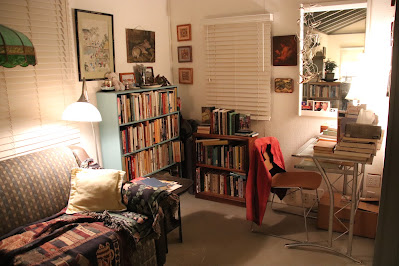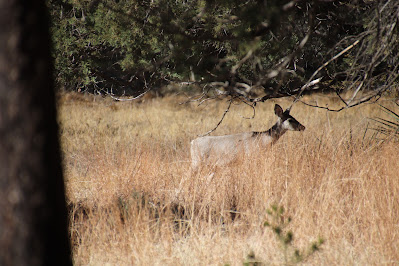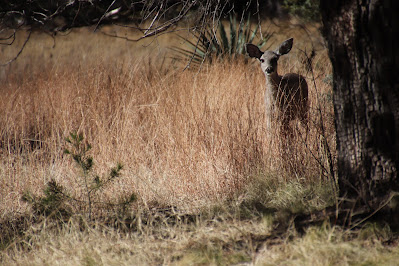Still in the ghost town in Cochise County. Still moving through grief by getting outdoors every day with the puppy and otherwise feeding my book addiction, notes here picking up where I left off the last time:
4. Irving, Washington. A Tour on the Prairies (nonfiction)
Often my bedtime books are more serious in nature, in part because if I am all wound up in a novel, it’s easy for me to stay awake reading all night. Not that Washington Irving’s 19th-century horseback travels on the Great Plains were dull, by any means. In fact, it seems he was quite the eager, adventure-loving companion, it seems. Not a sleepy Rip Van Winkle guy at all!
5. Swan, Walter. How to Be a Better Me (nonfiction)
Walter Swan (from the 10-cent sidewalk table outside the Friendly Bookstore in Willcox) had plenty of lessons to impart and decided to put them between the covers of a book. Homespun Western commonsense.
6. Maxwell, Gavin. A Reed Shaken by the Wind (nonfiction)
7. Ferber, Edna. Show Boat (fiction)
8. Simeti, Mary Taylor. On Persephone’s Island: A Sicilian Journal (nonfiction – uncorr. proofs, 1986)
I wrote quite a bit about the Maxwell book before I’d finished reading it, and that “quite a bit” can be found here. The same is true for Edna Ferber’s Show Boat and Mary Taylor Simeti’s On Persephone’s Island. The next book on my list, number 9, was sent by a friend back in Michigan. (Thank you, Laurie!) I’d seen the book before and not been drawn to it by the title, but my interest was piqued by looking more closely and seeing that the author was the creator of “Downton Abbey.” There are no heroes or villains here -- every character is a mix of admirable and repulsive qualities, and Fellowes is at his best when speculating on complicated motives. The Keillor novel is exactly what you would expect from the storyteller from Lake Woebegone.
9. Fellowes, Julian. Snobs (fiction)
10. Keillor, Garrison. Pontoon (fiction)
I include an image here (above) of book endpapers to illustrate why I was drawn to the light novel that spawned the 1950s Debbie Reynolds movie. The girl in the story was raised on a houseboat on the Mississippi River, so it is a book for my little houseboat book collection, and the story is innocent and charming, if thoroughly predictable.
11. Sumner, Cid Ricketts. Tammy Out of Time (fiction)
12. Jance, J.A. Unfinished Business (fiction)
13. Jance, J.A. Until Proven Guilty (fiction)
14. Abels, Harriette. Mystery on the Delta (fiction – YA)
Next came a mini-binge, as I devoured two murder mysteries back-to-back, followed by a YA mystery that was a cinch to solve early on, but, again, it was a story with a houseboat theme.
Then this past weekend I read two more serious nonfiction books, both of which moved me deeply. Kirkus Reviews thought Harlem is Nowhere, by Sharifa Rhodes-Pitts, “suffered” from not fitting clearly into one particular genre, being neither strictly academic nor strictly popular. (What was that reviewer thinking? Sounds like marketing talk to me.) From my point of view, the genre-bending, genre-overlapping qualities of the book made it a rich reading experience from a very gifted writer. I was transported in time and place and felt as if I had been there, with Rhodes-Pitts as both a well-informed guide and my personal friend.
She had some surprising nuggets for a bookseller, too. While I knew most of the names of important Harlem people mentioned, a new one to me was book collector Arthur Schomburg, whose collection of black history, literature, art, etc. was eventually bought by New York Public Library with a Carnegie Foundation grant. The collection included “more than 5,000 books, 3,000 rare manuscripts, 2,000 etchings and portraits, clippings albums, and several thousand pamphlets.” Rhodes-Pitts spent many hours in the Schomburg Center for Research in Black Culture, which she calls “as much a community center as a library, and a little bit of home. Highly recommended.
Finally, a new friend back in Michigan sent me a copy of her memoir in manuscript, the story of finding and losing all too soon, to cancer, the love of her life – and going on from there, as one must following loss. Much familiar territory for me, but new ground, also, and Mary Robertson is a lovely writer, with a frankness and, perhaps surprisingly, a sense of humor that brought me to both tears and laughter, often at the same time.
15. Rhodes-Pitts, Sharifa. Harlem is Nowhere: A Journey to the Mecca of Black America (nonfiction)
16. Robertson, Mary E. I’m Sorry For Your Loss: One Woman’s Journey Through Love, Loss & Recovery (nonfiction – ms.)
So now the question is, what book will I finish next? It probably won’t be my current bedtime volume, Anthony Trollope’s North America. Trollope gives us a fascinating window into American life during the Civil War away from the battlefields; however, he gets carried away on many long, detailed digressions into earlier American and Canadian history that occasionally try my patience. I am most entertained when he describes cities and towns in his time that I have known in my own, and I was very sympathetic to his disappointment at not seeing the real “prairie” he hoped to see, for all the cornfields that had taken the place of those seas of grass. I felt the same way years ago in southwest Michigan after reading James Fennimore’s Oak Openings: I so wished I could go back in time to see that prairie as it was before clearing and cultivation, before houses and barns and electric and telephone poles and lines. Just as it would be thrilling to see the West without barbed wire everywhere! But this is one of the glories of reading -- magically slipping away into a past we never saw with our own eyes.

















































